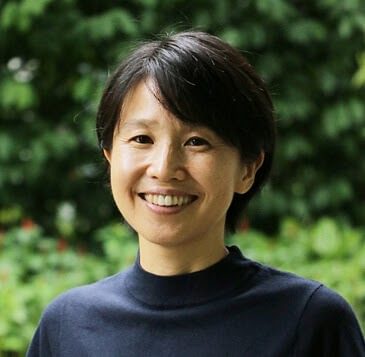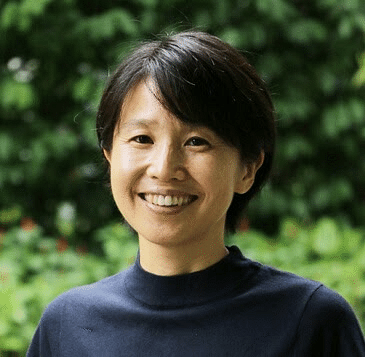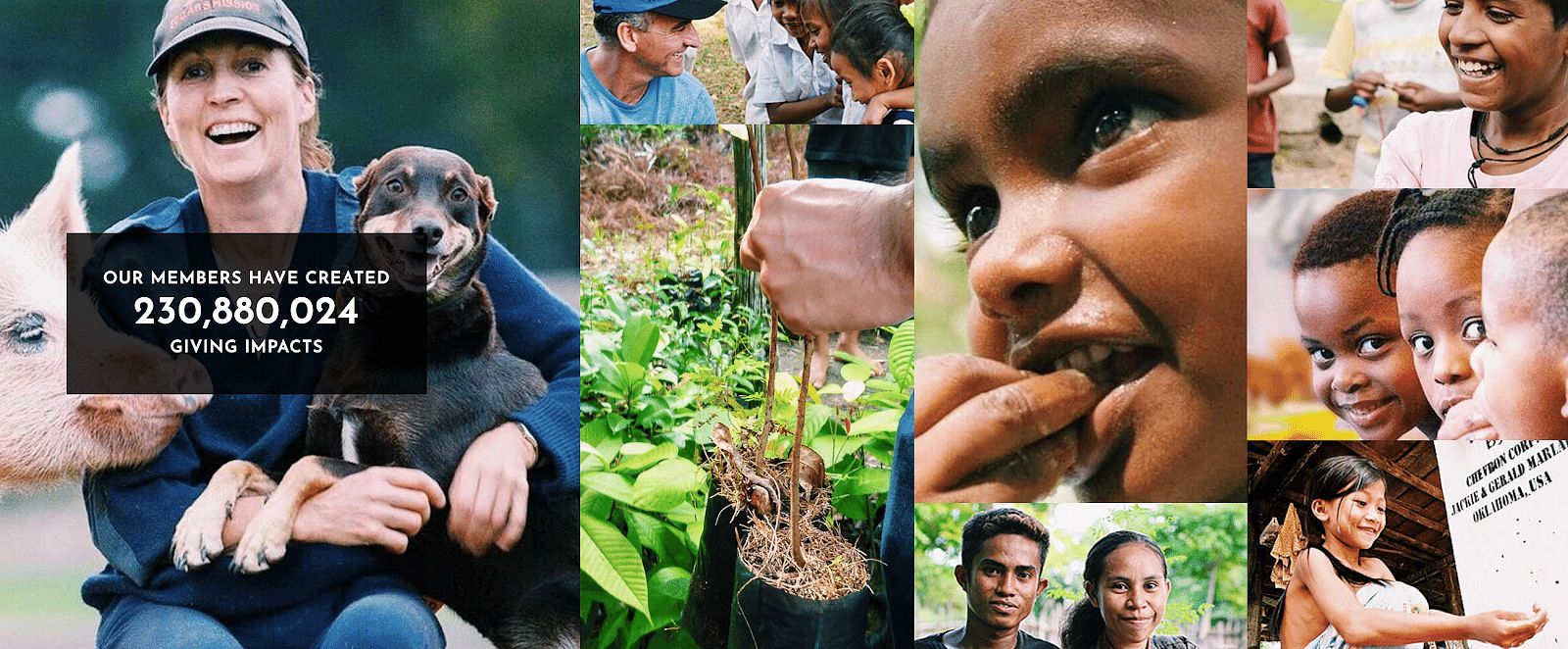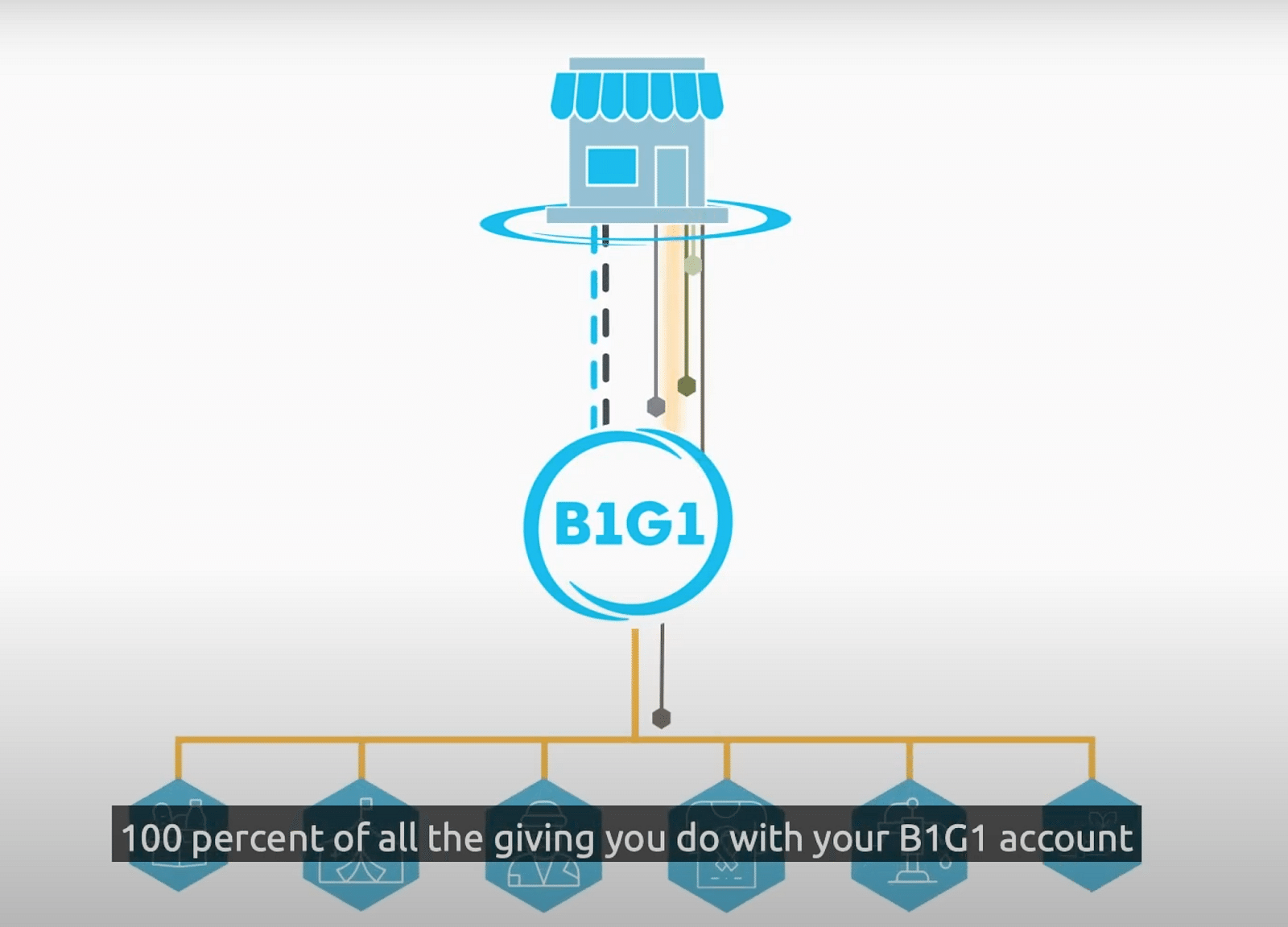
Buy1Give1’s Masami Sato talks embedding giving within an organisation, how the company connects companies and worthy causes
By Jim James, Founder EASTWEST PR and Host of The UnNoticed Podcast.
Masami Sato is the founder of B1G1, a Singapore-based social enterprise and a non-profit organisation that stands for “Buy one, give one.”
Image from B1G1
Imagine a world full of giving. A world where you can get a cup of coffee and, at the same time, give life-saving water to a child. A world where you can purchase a book and get a tree planted. A world where every time you visit your doctor, someone else receives access to health care. This is what B1G1 strives to make happen by working with businesses around the world and helping them effectively embed giving in what they do.
Since they were founded in 2007, they have worked with close to 3,000 businesses. These businesses have already created over 200 million giving impacts — projects that include planting trees, giving meals, and donating books, among others.
Through their platform, they help companies like EastWest PR share what they have.
What’s Missing in the Charity-Giving Space
Looking around, the world isn’t actually lacking in giving. There are a lot of opportunities wherein people and companies can donate money to charities.
However, when B1G1 was only starting, they realized that the charity-giving space is missing three important things: impact, habit, and connection.
-
Impact. When people or companies are donating money, it was always about the amount of money being donated. They weren’t necessarily clear or tangible about the impact that they get to create by giving.
-
Habit. If everything is driven by ad hoc activities — such as a big charity bowl or a natural disaster — donations will only go to a particular cause; it will only happen once then die down. For B1G1, habit is important in making a long-lasting impact.
-
Connection. Giving can unite people together. It can bring people — businesses, customers, team members — together by allowing them to share the same spirit of caring and giving.
Focusing on these three things, B1G1 helps businesses share what they’re doing. For example, for every podcast episode or every download of a specific resource, businesses can contribute to a specific project even for just 1 cent. They can help plant trees in specific regions or help educate children in different countries. When things get tangible, B1G1 provides technologies such as dynamic widgets that can be embedded on businesses’ websites. These show the actual impact — rather than merely state the fact that a certain company donated some money to a particular project. This way, the giving becomes more meaningful and impactful.
Image from B1G1
Connecting Companies and Worthy Causes
B1G1 doesn’t target a single industry. Their one-to-one model actually works for all kinds of businesses, including small businesses and start-up companies. And they connect companies and causes via referral activities.
In the early days, when there was still no demand and awareness for the social impact of corporate social responsibilities, B1G1 had to get out there, visit, and meet with different businesses. It took a lot of time before they got to know these businesses and had them on board their initiative. However, over the years, awareness has been built. More businesses today now think about how they can do more meaningful work, give, and become more purposeful. With this mindset and through word of mouth, it has become easier for B1G1 to reach more people. Many of the companies that they are working with are the ones that champion this spirit of giving and help spread the word. When they embed the widget on their website or spread the word through different social media channels to empower audiences to share their purpose and make an impact, B1G1 gets to reach more businesses.
Choosing who They Work With Based on Impact
As B1G1 focuses on the impact, the organisations that they work with are not necessarily famous charity brands. B1G1 chooses based on the specific ways that these organisations bring impact to the world. They may come through recommendations and referrals from other charities and businesses that they are working with. Regardless of how the groups have reached them, B1G1 conducts an assessment, making sure that they meet a certain set of criteria. For instance, the organisation needs to have experience and track record in a specific area. They should have sound financial management as well.
B1G1 works closely with these organisations and breaks down impacts into “micro impacts” that can cost as little as one cent to guarantee tangibility. For instance, every time an email is sent, you can give access to someone in need of something; every time you have a meeting, you can donate a brick and help build a school, plant a tree, or clean up the beach.
Trying to do something big can be overwhelming. When that takes over, there could be a delay in action. On the contrary, if small impacts are done even with a small amount of money, there’s actually no need to wait until a business becomes very profitable or super successful. This way, even small businesses can embed giving in the activities that they do. At the same time, they can experience the joy of giving and creating an impact together with the people that they work with.
Currently, B1G1 has more than 500 projects in over 42 countries. These projects are aligned with all of the 17 United Nations Sustainable Development Goals (SDG).
In the early days, businesses tend to support more emotional projects like supporting a child’s education or helping people with disabilities. Today, more and more companies are keen to support SDG-aligned environmental causes such as planting trees, cleaning up beaches, saving food waste, and delivering leftover food to people in need. These are creative and innovative projects whose impact can serve two different purposes, instead of just one.
The B1G1 Model
B1G1 works as an intermediary. When there’s direct contact between givers and recipients, it often ends up creating a sense of dependency.
What they want is to maximise the effectiveness of the giving that the businesses are doing. Instead of being busy with facilitating contacts between the two parties, it will be better to help them in making an impact instead.
Because they want the giving experience to be more meaningful for the donors, B1G1 also shares all sorts of updates to them, without necessarily offering a direct link to specific beneficiaries. Before the pandemic happened, for instance, they facilitated annual study tours wherein they took small groups of people to visit certain projects and gave them a first-hand understanding of the impact being created by donors. The donors get to learn from the beneficiaries and the beneficiaries get to see the people who will be helping them. This allows the social enterprise to avoid a sense of dependency and, at the same time, establish control.
Image from B1G1’s YouTube page
The B1G1 model is also different from the usual charity model because they never take a percentage from the donations that companies are giving to different degrees. A hundred percent goes to the project. In fact, they even top-up any credit charges that businesses may incur in the process (e.g., one cent is lacking to provide water to a beneficiary).
They are able to run their initiative and cover associated costs through their business membership model.
Even a tiny business can contribute to the so-called Movement fund (larger companies may contribute more). B1G1 uses this fund to develop their systems and resource tools for businesses. With this, the resources that are used to build and keep the initiative running and the donations that go to the projects become clearly separated. The giving part goes to registered charities in the States while the membership components go to B1G1 based in Singapore.
To find more about them, visit their website, https://www.b1g1.com. And every time you’re doing something, think about how you could also be able to give and share something. Based on experience, there’s a lot of value in creating value — but even more in sharing that value with others.
This article is based on a transcript from my Podcast The UnNoticed, you can listen here.




